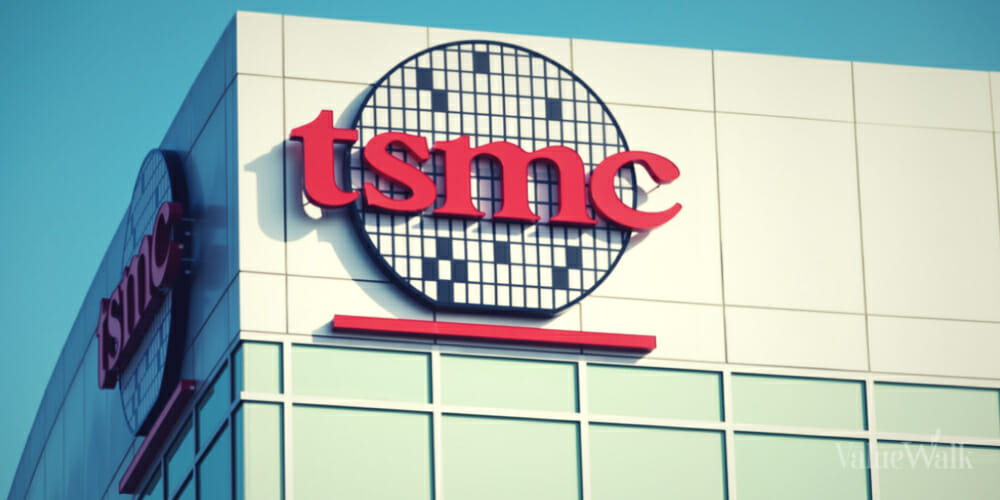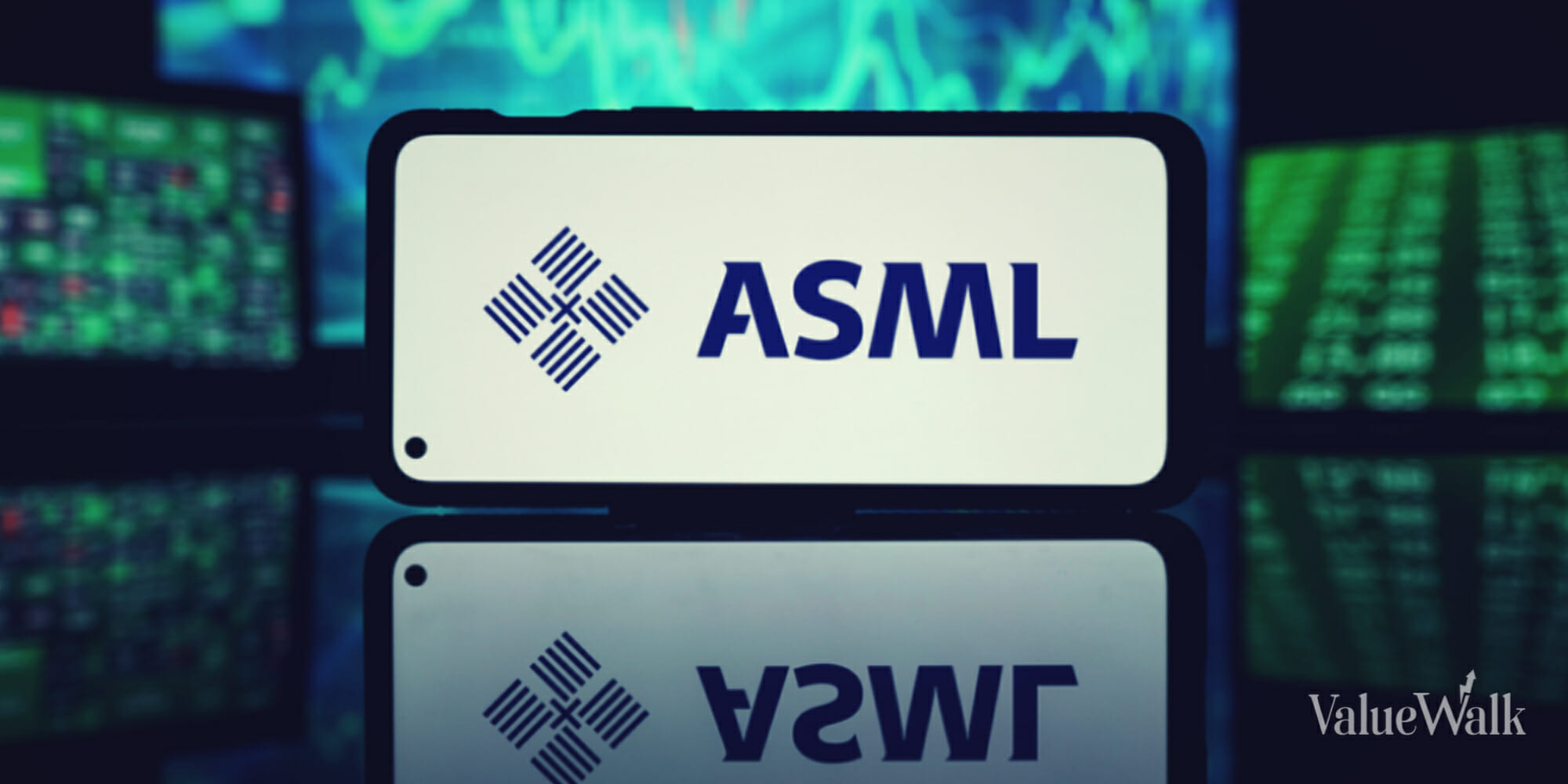Comparing the returns of different strategies is difficult enough, given the typical disparities in approach. Assessing private equity’s performance relative to that of public markets is even more challenging, given illiquidity, timing, fees and more.
We have long used the Kaplan-Schoar public-market-equivalent (KS-PME) method to analyze PE’s performance in context, as that approach is easier to interpret and potentially more resilient, given that it accounts for opportunity cost by discounting cash flows in cash multiple computation via returns to a public index since a fund’s inception. (The KS-PME method is agnostic to cash flow timing differences when comparing two different funds.)
When applied across pooled horizons, things tend to get a bit abstract, but in brief, the KS-PME method is used with pooled cash flows of all relevant PE funds across a given horizon. Thus, across a three-year horizon, using the Russell 3000 Index as the public index, PE fund cash flows in aggregate saw an implied outperformance of 6%. Despite a dip at the five-year horizon—perhaps attributable to negative net cash flows observed for several years because of the financial crisis among broader macro trends—the longer-term outperformance of PE is clear, although once again broader macro trends must be acknowledged.
Within that 15-year horizon, not only did the financial crisis occur, but the tail and aftershocks of the dot-com crash affected the eldest vintages reporting cash flows. Moreover, recent increases in the effects of high-frequency trading and various spikes in volatility around political events further underscore the appeal of PE, an asset class that is subject to different flavors of risk that are potentially more palatable than those observed in public markets.
Especially as the business cycle grows long in the tooth in the US and monetary policymakers’ arsenals remain sparse, continued fundraising success by PE managers speaks to limited partners’ belief that historical outperformance is likely to be repeated, if not to the same magnitude. Investors are by human nature averse to risk—but everyone prioritizes certain risks over others.
Current concerns around heightened transaction multiples and hefty equity contributions are valid; many fund managers are likely to see their returns depressed somewhat should they have overpaid in the current market environment. That said, outperformance is outperformance: As long as PE fund performance net of fees still can be judged worthwhile in context of other asset exposures, LPs will pay up.
Note: This column was previously published in The Lead Left.
For more data and analysis on PE fund performance, be sure to download our latest Benchmarking Report!
Article by Garrett James Black, PitchBook





